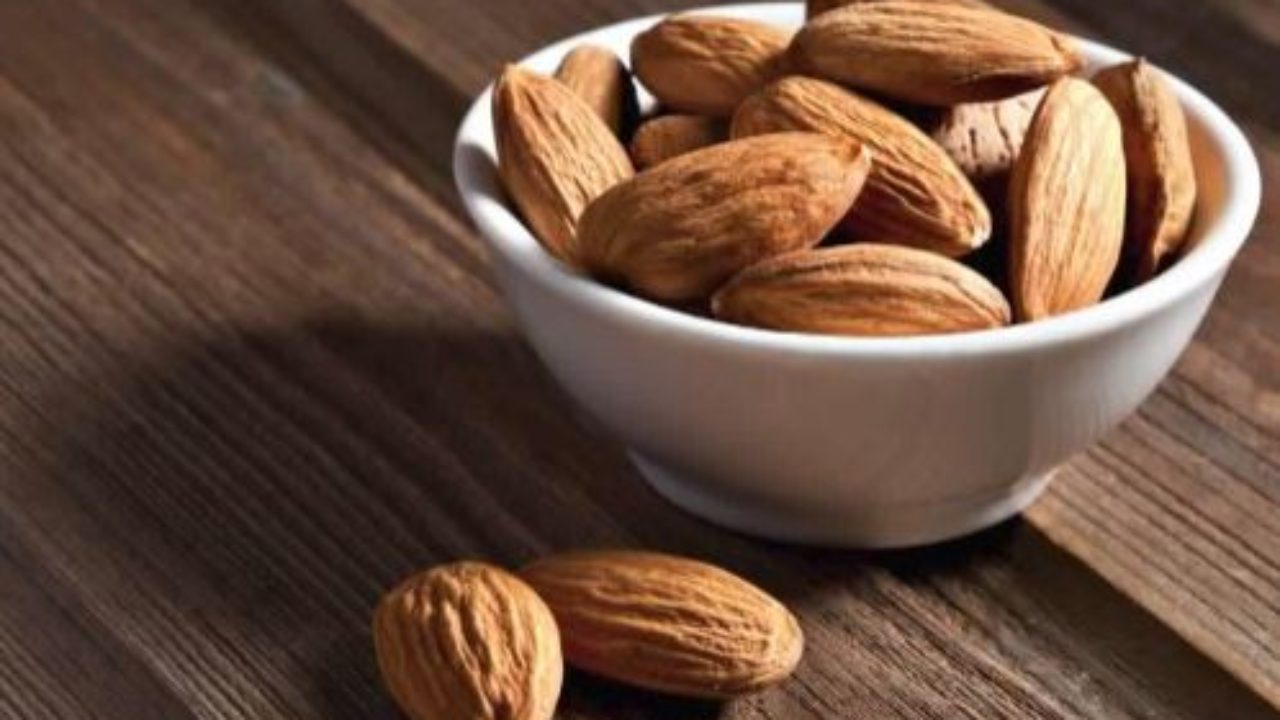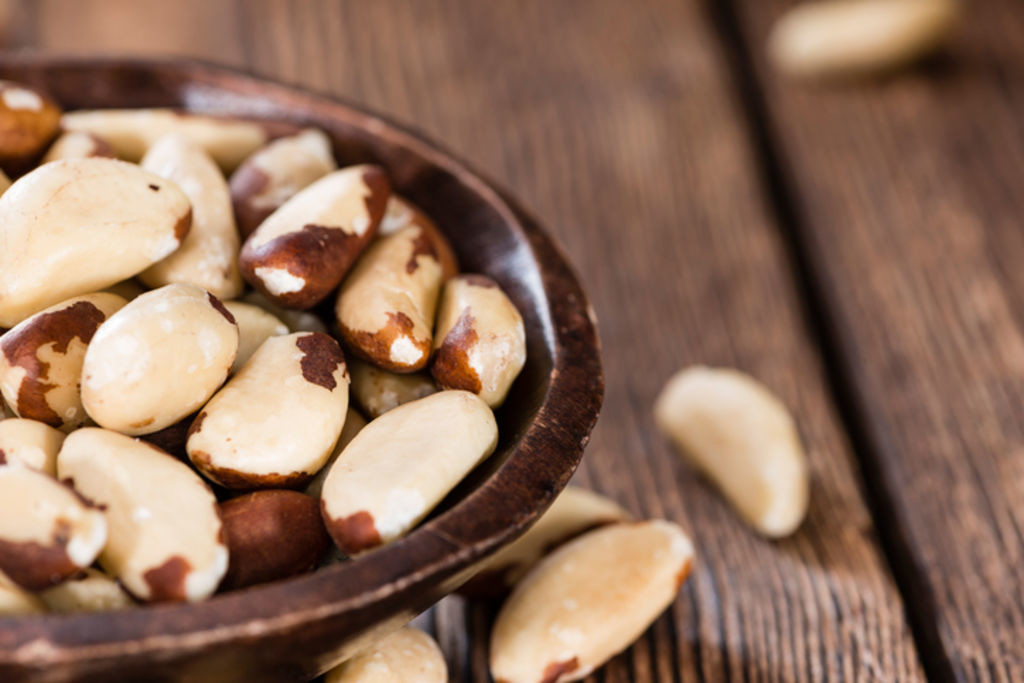Selenium is one of the world's best antioxidants. This trace element, essential to our organism, has all the powers man could ever wish for: the ability to slow aging and destroy viruses.
Benefits, sources, uses and deficiencies: here's an overview of everything you need to know about selenium.

Selenium properties
Selenium's chemical properties are almost identical to those of sulfur. But unlike other mineralsAlthough selenium is essential to the body, it must be consumed in the following ways in moderation, as it can be toxic in high doses.
The organization has a very limited need for selenium. This trace element is only found in trace amounts in foods.

The benefits of selenium for the body
Its main interest lies in its antioxidant properties. In particular, it enables the body to produce glutathione peroxidase, an enzyme that works in conjunction with the vitamin Eto protect cell membranes against oxidation caused by free radicals.
This content is part of the guide Blooness, the guide to the ideal human diet, the summary of which you can find here 🌱🥑
Excessive production of free radicals essentially causes premature aging, and favors the development of certain cancers and cardiovascular diseases.

Selenium ensures proper functioning of the immune system and thyroid gland. This trace element also acts on the skin protection and vision quality. And its role in male fertility is not negligible, as it promotes spermatogenesis.
French-speaking subscribers will receive the newsletter in French, and all others will receive an English version.
A true champion of preventive medicine, selenium, named after the Greek moon goddess Selene, is said to have the power to defend our cells against cancer. It also acts on the central nervous system, protecting against neuronal damage, as in Alzheimer's disease.
Our daily selenium requirements
The body does not synthesize selenium. We get most of our daily selenium requirements from what we eat. We recommend a proportion adapted to each individual's body weight.with a minimum of 1 µg/kg/day for a child, and 70 µg/dr for an adult.
For simplicity's sake, we consider the appropriate dose to be 1 µg per kilo per day.
The selenium needs of people over 75 are slightly higher, at 80 µg/dr. Similarly, sportsmen and women also need a supplementary dose of 10 to 30 µg/dr, depending on the intensity of physical exertion.

|
Age |
Recommended dietary intake of selenium (µg/day) |
| Infants 0 to 6 months |
15 |
|
Babies from 7 to 12 months |
20 |
| Children aged 1 to 3 |
20 |
|
Children aged 4 to 8 |
30 |
| Children aged 9 to 13 |
40 |
|
Teenagers aged 14 and over |
55 |
| Adults aged 50 and over |
80 |
|
Pregnant women |
60 |
| Nursing mothers |
70 |
The best food sources of selenium
Some foods, such as tuna, kidneys, cooked mussels, calf's liver, rabbit, salmon, oysters, mackerel, whiting, Roquefort cheese, roast pork, rye or wheat bread, lentils, etc.raw peppers cerealsThese foods are good sources of selenium, as are split peas and raisins. But the selenium content of these foods depends essentially on the soil in which they are grown.
The best source of selenium remains the Brazil nuts. On its own, it provides the recommended daily intake of 95 µg per 100g serving. It's also a good source of vitamin E, which complements selenium's antioxidant activity.

Top 20 selenium-rich foods
| Food | Portions | Content in µg per 100g |
| Dehydrated Brazil nuts | 100g | 95 |
| Pacific oysters, raw or steamed | 100 g (2 to 4) | 77-154 µg |
| Canned tuna | 100 g | 60-80 µg |
| Offal turkey or chicken, braised | 100 g | 58-60 µg |
| Swordfish or plaice, baked or grilled | 100 g | 58-61 µg |
| Atlantic herring, marinated | 100 g | 59 µg |
| Atlantic sardines, canned | 100 g | 53 µg |
| Mixed nuts, including peanuts, roasted | 60 ml | 51 µg |
| Canned clams | 100 g (13) | 49 µg |
| Cooked pork chops | 100 g | 48 µg |
| Tuna, halibut, cod, redfish, haddock, salmon, baked or grilled | 100 g | 40-47 µg |
| Shiitake mushrooms, dried | 10 mushrooms (36 g) | 46 µg |
| Crab or lobster, steamed or boiled | 100 g | 32-45 µg |
| Salmon, baked or canned | 100 g | 38-43 µg |
| Raw or cooked shrimp | 100 g | 38-40 µg |
| Lamb, shoulder, braised | 100 g | 31 µg |
| Beef | 100 g | 27 µg |
| Duck | 100 g | 22 µg |
| Regular ham (11 % MG), roasted | 100 g | 20 µg |
| Poached egg | 1 large | 17 µg |
Most of these ingredients are recommended in the Blooness guide (seafood, eggs, meat, nuts...).
Selenium deficiency and excess: causes, symptoms and risks
Excess selenium is rarely observed, as it can only become a pro-oxidant in the event of extreme overdosage. Excess selenium is often the result of excessive supplementation or the ingestion of drinking water rich in this trace element.
Rare cases of chronic excess result in hair and nail loss, skin lesions, fatigue, digestive problems, garlic-like breath, irritability and a metallic taste in the mouth.
In addition, certain strains of the population are at risk of deficiency. These include the elderly, vegetarians, people with intestinal absorption problems, alcoholics, smokers, people living in regions with selenium-poor soils, and athletes.

For our own safety, the daily selenium intake limit is 150 µg/day. We need to get most of our selenium from food, beverages and, to a lesser extent, dietary supplements. Pregnant and breast-feeding women should be aware that any excess can be toxic.
Selenium deficiency generally results in cardiac arrhythmia, muscular weakness, reduced resistance to infection, anemia and arthritic manifestations.
Next chapter: Summary of recommended vitamin and mineral intakes: the top multivitamins.
Previous chapter: the chrome.

